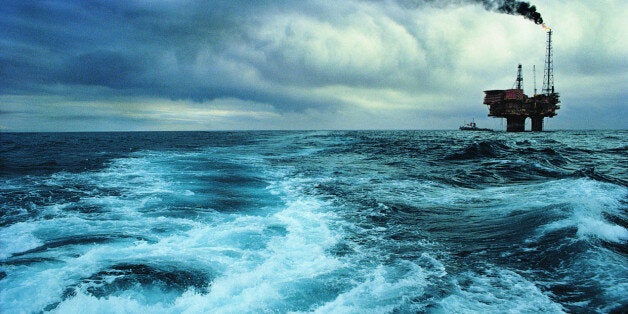
An ancient civilisation located on a North Sea 'Atlantis' was wiped out by a huge tsunami, a new theory suggests.
The islands known as 'Doggerland' were a stretch of land masses - some very small, others roughly half the size of Wales - existed between England and Europe until about 8.200 years ago.
The islands were low-lying but were occupied by Mesolithic tribes. Described as a prehistoric "garden of Eden" artefacts including fishing nets and flint tools have been found in the area, which is now covered in the sea.
But according to research by scientists at Imperial College, it was subsumed after a catastrophic landslide which occurred near Norway.
The so-called Storegga slide - which was enormous, at 3,000 cubic km - created a tsunami at least 5 metres high, which covered the islands in water, and wiped out the last human settlers.

Above: the area of land which once connected Britain to Europe was gradually whittled away from about 20,000 years ago until it was a small stretch of islands between Britain and Denmark
The research has been presented at the European Geosciences Union General Assembly in Vienna.
Dr Jon Hill from Imperial told the BBC that his team was the first to model the effect of the tsunami with Doggerland in place. The islands were visible because the sea level was lower than it is today, due to lasting effects of the previous ice age.
"The impact on anyone who was living on Doggerland at the time would have been massive - comparable to the Japanese tsunami of 2011," he said.
The wave would have also hit Britain, striking Scotland at a height of 14 metres and East Anglia at about 4 metres, but it is not known what areas were continuously inhabited.